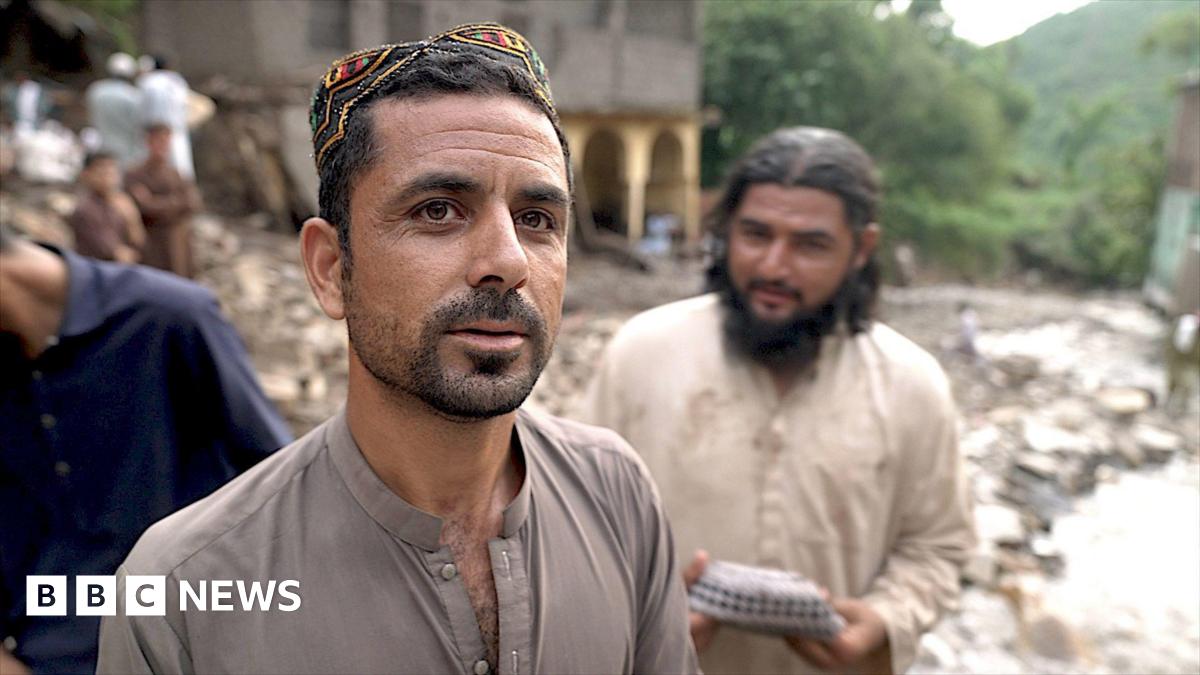Pakistan's Flood Crisis: A Wake-Up Call for Disaster Preparedness and Infrastructure

Pakistan Grapples with Devastating Floods: A Nation's Plea for Protection
Pakistan is reeling from a series of devastating floods that have submerged vast swathes of the country, displacing millions and leaving a trail of destruction in their wake. The sheer scale of the disaster has sparked outrage and a desperate search for answers. For countless villagers, the suddenness of the floods was deeply unsettling. The recurring question echoing through affected communities is: “Why didn’t the government warn us sooner?” This sentiment underscores a critical gap in early warning systems and disaster preparedness.
The floods, exacerbated by unusually heavy monsoon rains and glacial melt, have impacted every corner of the nation, from Balochistan to Sindh and Punjab. The economic consequences are staggering, with billions of dollars in damage to infrastructure, agriculture, and livelihoods. Beyond the immediate humanitarian crisis – the urgent need for food, shelter, and medical assistance – lies a deeper, more systemic challenge: how can Pakistan better protect itself from future disasters?
The Root Causes and Contributing Factors
While monsoon rains are a natural phenomenon, the severity of this year’s floods highlights the vulnerability of Pakistan’s infrastructure and its susceptibility to climate change. Several factors have converged to worsen the situation:
- Climate Change: Rising global temperatures are accelerating glacial melt in the Himalayas, leading to increased river flows and a higher risk of flooding.
- Deforestation: The loss of forests reduces the land's ability to absorb rainfall, increasing runoff and the likelihood of floods.
- Poor Urban Planning: Rapid and often unregulated urbanization has led to the construction of homes and infrastructure in flood-prone areas, putting millions at risk.
- Inadequate Drainage Systems: Many cities and towns lack proper drainage systems, exacerbating flooding during heavy rainfall.
- Weak Disaster Management: Despite government efforts, disaster preparedness and response mechanisms remain inadequate, particularly at the local level.
Beyond the Immediate Response: A Path to Resilience
Addressing Pakistan’s vulnerability to floods requires a multi-faceted approach that goes beyond immediate relief efforts. Here’s a roadmap for building a more resilient future:
- Strengthening Early Warning Systems: Investing in advanced weather forecasting technology and establishing effective communication channels to alert communities at risk. This includes reaching remote villages with timely warnings.
- Investing in Flood Defenses: Constructing and maintaining dams, levees, and other flood control infrastructure.
- Promoting Sustainable Urban Planning: Enforcing stricter building codes in flood-prone areas and investing in improved drainage systems.
- Reforestation and Watershed Management: Planting trees and restoring degraded watersheds to enhance the land's ability to absorb rainfall.
- Community-Based Disaster Preparedness: Empowering local communities to prepare for and respond to disasters through training and awareness campaigns.
- Climate Change Mitigation: Reducing greenhouse gas emissions to slow the pace of climate change and its associated impacts.
The current crisis serves as a stark reminder of the urgent need for Pakistan to prioritize disaster preparedness and invest in climate-resilient infrastructure. Failing to do so will only lead to more frequent and devastating floods in the years to come. The anger and frustration expressed by affected villagers are a call to action – a demand for a government that prioritizes the safety and well-being of its citizens and takes proactive steps to protect them from the ravages of nature.






